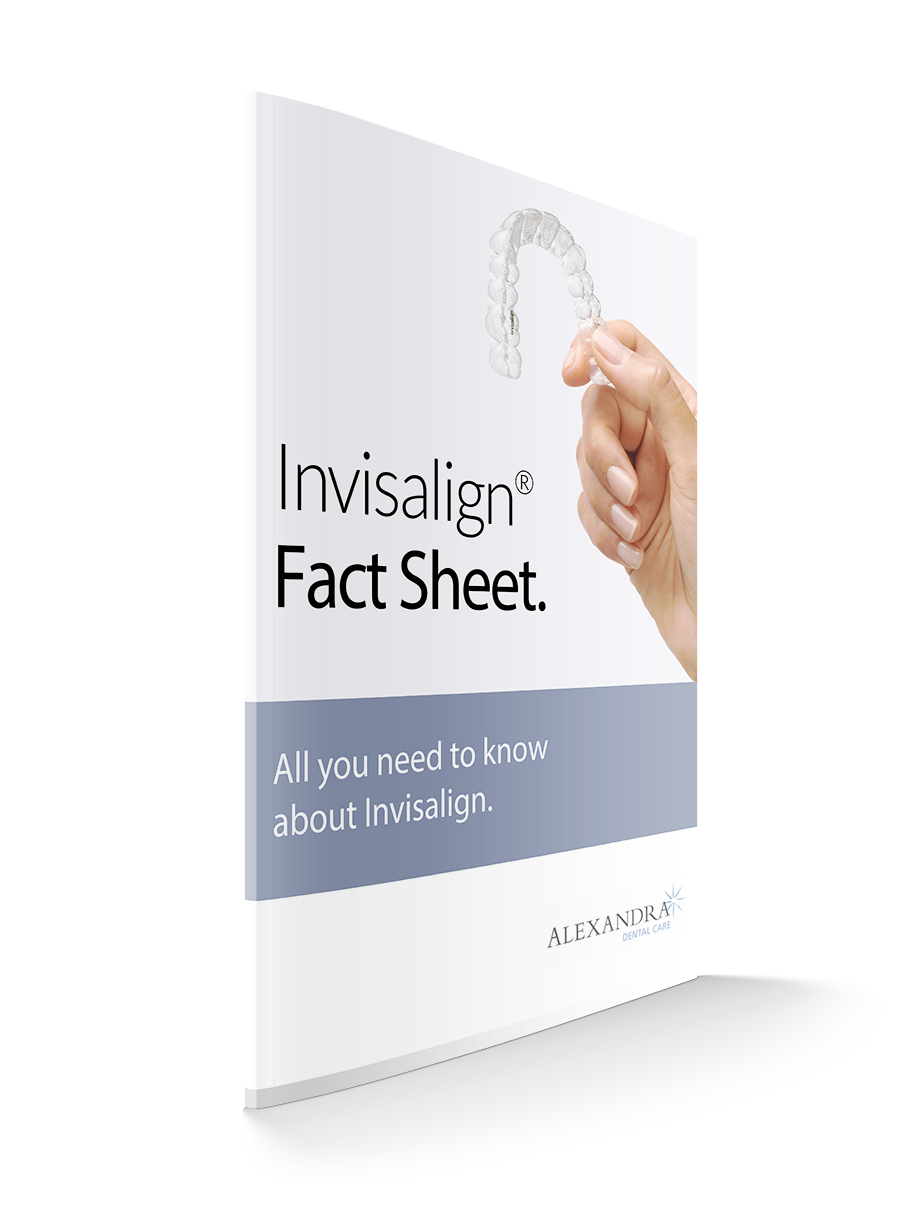The development of personal oral hygiene tools
How old fashioned toothbrushes and toothpicks have been superseded.
It is quite rare to see toothpicks these days, and also very rare to hear anyone use the term ‘picking your teeth’. Although some people will always try to hold on to traditional methods of ‘cleaning’ their teeth, we thought it would be useful to see how modern dental developments have replaced them; in particular the toothbrush and toothpick.
Tooth picks
Using a toothpicks to remove larger pieces of food that have become stuck between your teeth is better than nothing, but quite limited in effect. Whilst this method will remove larger pieces of residual food, smaller pieces are likely to remain, as will potentially nasty oral bacteria. In addition to this, you may cause your gums to bleed if you misdirect the toothpick!
A much better method is to use dental floss to clean the spaces between your teeth. This allows smaller amounts of food and bacteria to be removed from between the teeth and also the gum line and is an effective tool in the fight against gum disease. If you do not already floss, we recommend that you add this to your daily routine. If you are unsure how to use it, we recommend an appointment with our hygienist who can show you how, along with offering other useful oral care advice.
Toothbrush
The toothbrush has been around since approximately 300BC, albeit in the rudimentary form of wooden twigs with frayed ends. The modern standard toothbrush, as we know it, was first produced in 1938, and electric toothbrushes, more recently.
Although it has changed in design and nature over the years, the toothbrush is still an essential tool to fight dental decay and other problems. What has changed though, is the guidance about how to brush your teeth.
Many of our older patients were probably told to ‘clean your teeth well’ which often meant giving them a thorough ‘scrubbing’. As we now know, whilst this can keep your teeth clean, it can also wear down the enamel of the teeth, making them both sensitive and more prone to dental decay. In addition to this, brushing too hard may also cause your gums to recede, exposing the less well protected root section of your teeth.
When using a toothbrush, whether standard or electric, all that is needed is a gentle circular motion with the bristles of the brush angled towards the gums. This helps the bristles to reach just underneath the gum line and remove bacteria that has become deposited there. Our hygienist will show you exactly how to brush for best effect.
Appointments can be made by calling Alexandra Dental Care on 01283 216347. We look forward to welcoming you!
Google+
Comments are closed.